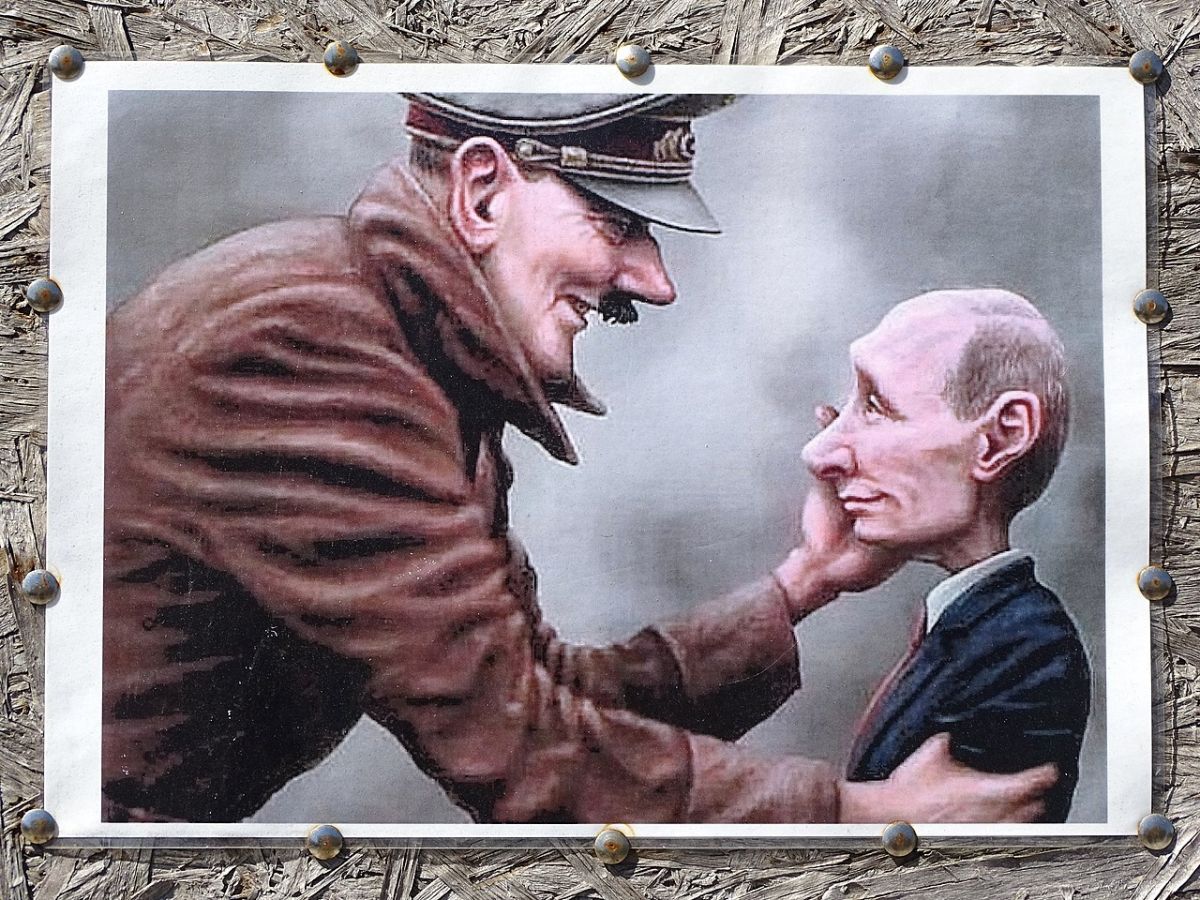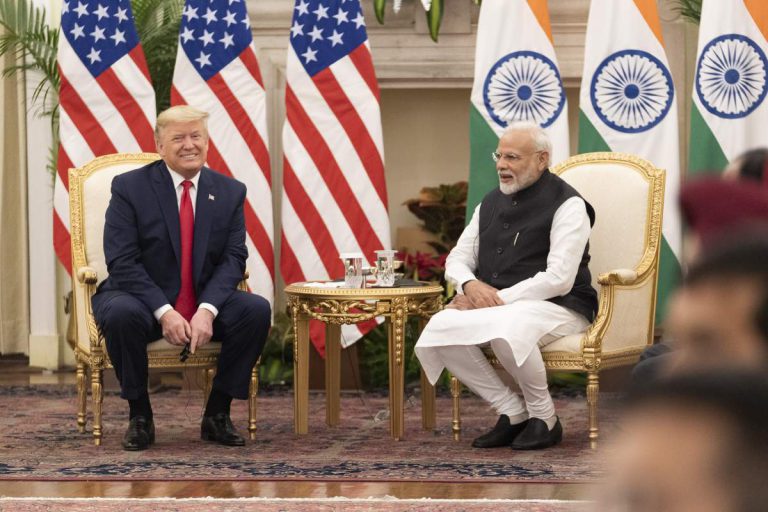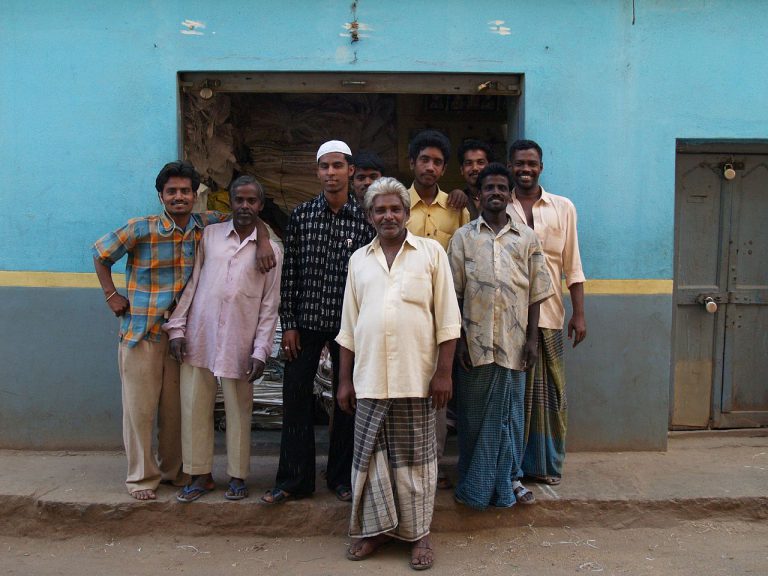Hitler: The fiend that did not die
What would happen if Hitler had not died and had somehow managed to escape to the 21st century via time travel? Would he be able to rise back to power? How would people react? How would he respond to the people? Perhaps the musings over this possibility are what led to Timur Vermes to write a novel answering these questions. He explored the idea in his very first novel by the name Look Who’s Back, and it was an instant hit. It was adapted into a movie by the same name.
Some experts have termed the episode of protests and demonstrations against the notorious Citizenship Amendment Act 2019 and proposed the preparation of National Register of Citizens as a dangerous period of history repeating itself. This was, of course, before the COVID-19 came to the foreground and took away all the limelight. But unlike the period of social and political upheaval, the current crisis has made the roads of India eerily quiet as the country is under a twenty-day period of lockdown. Without any exaggeration, one could say that the whole world (emphasis) is going through a period of severe crisis. This made the previous problem of the CAA and NRC, the Indian counterpart of the Nuremberg laws look like a very tiny one until a few days ago when the communal propaganda made a comeback. If it were a competition, communal issues would be winning by a score of 2-1!
As the realization that disharmony between different communities is a more perennial problem hit me, I went back into reading and binge-watching on fascism, feminism, and communalism once again. For, when the humans come out of this pandemic problem, the world will still be a misogynistic, a casteist and a fascist place. And the first movie that I stumbled upon was Look Who’s Back.
Look who’s back
The idea of Hitler returning immediately inspires a feeling of disgust and fear. The fact that I had just taken a virtual tour of Auschwitz Concentration and Annihilation Camp did not help either. Why would anyone in their wildest dream think of that! But perhaps that is the point that the movie (and the book too!) tries to make. That not only do people think of it, but they are probably filled with delight and not disgust at the thought of the monster’s return.
The movie starts when Hitler wakes up in his bunker in the 21st century as a ball rolls towards him. He realizes the war has come to a stop somehow. He goes looking for the German Chancellery and, on his way, encounters many curious things. He is surprised by the presence of Turkish newspapers and immigrants. One would go into a shock if they somehow traveled into time but not Hitler. His belief in himself as the chosen one to salvage Germany from ruin probably helps. He realizes that it is a sign that destiny wants him to carry on the notorious mission that he started long ago. He quickly starts learning about the new world and the developments since ’45.
I felt a strange nervousness throughout the movie. The last time he was here, he murdered 6 million humans. What is he going to do now? Or rather, what is the writer going to make him do? In the movie, he is spotted by an aspiring director and is taken in by a media company where he is cast on all their shows. A comedy of error happens as Hitler’s hate speeches against immigrants and saving Germany from them are taken to be a joke. Hitler goes on to become a big comedy star until a video of him cruelly murdering a dog, surfaces.
Hitler makes passionate speeches right from the start and introduces himself as Adolf Hitler. He does not bother about the questions people may ask. Instead, he goes on a trip throughout Germany, talking with people about their problems. The movie shows many clips from the film promotion when the lead actor dressed up as Hitler and spoke to people. Middle class, the unaligned population of Germany are shown happily engaging with him and talking about how immigrants have brought down the average IQ of Germany!
The dark undertones
The scenes with Hitler making weird inquiries about the modern world are funny. At least that is what the movie intends it to be. But they always border on being seriously problematic. In one of the scenes, Hitler goes on to become a street artist to pay for his bills. One of the characters asks him to draw him as a vagabond. He draws the man crying. He gives him back the sketch and says, “those are the tears that you will cry if you will be a vagabond. Hang that painting back when you go home and HANG YOURSELF NEXT TO IT”.
Darkness is sprinkled throughout the movie in scenes like these. Hitler is not shown breaking character anywhere. To anyone who is disturbed by the horrors of the systematic annihilation of humans by using the latest technology of that time, the movie will keep making them uncomfortable. And like the director of the media company tells Hitler before hiring him, “the topic of Jews is not funny.”
Picture a different scene for a second. You are standing in between the 10th and the 11th block of Auschwitz concentration camp, where the people were shot dead as per the whims of those in command. Picture yourself in the maze of rooms with incinerators to dispose of human bodies with a capacity of getting rid of approximately four thousand bodies per day. Now try to imagine a tonne of human hair shaved off from women’s heads before they were given striped uniforms to mark them off, prisoners. What was their crime? They were Jewish. They were as perceived by Hitler, the enemy.
Many of those prisoners were able to survive those camps as the winds turned against the Axis Army and Hitler’s Third Reich collapsed. A few of those survivors still walk the earth with the aim of spreading the message of never again. This is serious. So, one keeps hoping that the movie amidst all the humor does not forget to pay the respect that is due. Only then can the discomfort that one feels throughout the movie can go away!
What people can, but democracy can’t
The respect is paid, but the discomfort does not go away. The movie ends with an important message. Towards the end, the character that first spotted Hitler realizes that Hitler has not been kidding, and he is the Fuhrer. This happens after a Jewish character’s demented grandma recognizes him. He kills Hitler (and that single scene gives more satisfaction than most of the Amazon series The Hunter managed to give). But he does not die. Hitler comes back and declares that he cannot die as he is a part of all of us!
The satire uses humor to warn us that perhaps not Hitler, but many such hyper-nationalist leaders have made a comeback. The Hitler character keeps talking about his idea of democracy in the movie and serves as the reminder that democracy as a structure cannot protect us from the authoritarian leaders. They are all around us. And if people want them enough, they can come to power riding on the back of electoral machinery. They will come and destroy these very democratic structures, which brought them to power if the people stop believing and protecting those democratic ideals, the only political model that truly believes and protects them!
Featured Image Credits: Wikimedia









Readers' Reviews (1 reply)